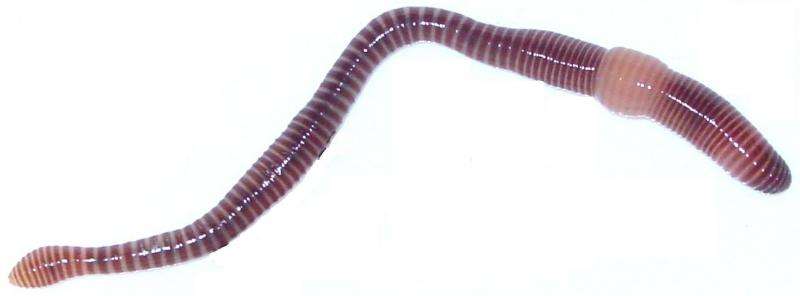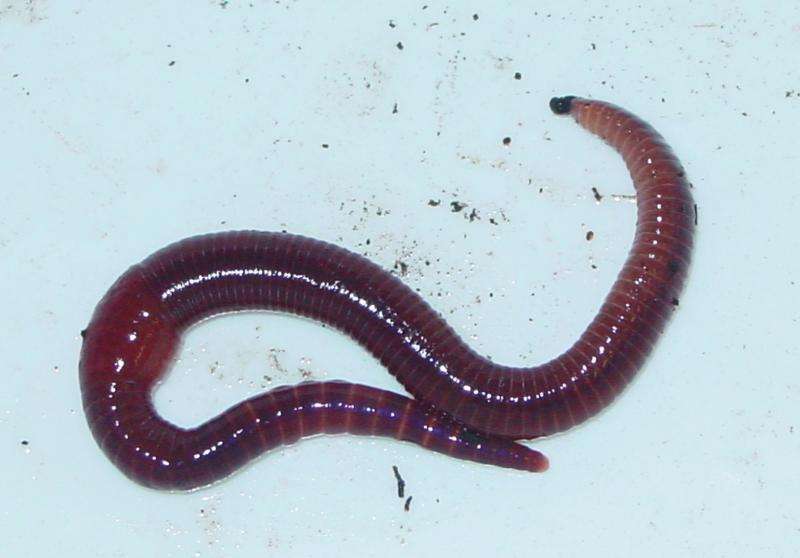Model species for ecotoxicological tests are not identical

Scientists at the Senckenberg Research Center for Biodiversity and Climate, in conjunction with the medium-sized company ECT Oekotoxikologie GmbH, have found proof that different species of earthworms are being used for ecotoxicological tests. Ecotoxicology employs standardized test procedures that work with model organisms to assess the potentially harmful impact of anthropogenic substances on ecosystems. In order to guarantee the compatibility of these tests on a global scale, the laboratories use model species specified by international guidelines, including a species of earthworm. However, the study recently published in the scientific journal Applied Soil Ecology shows that this earthworm species actually comprises several different species.
Humans continue to release an increasing number of new substances into the environment – often without knowing their exact impact. In order to assess the effect of these, frequently toxic, substances, numerous guidelines and standards are now in place that regulate identical and standardized examination procedures. These specified procedures guarantee the compatibility and uniformity of tests on a global scale.
Algae, fishes, daphnias or earthworms serve as model organisms for these ecotoxicological tests – and in this context, it is important to always use the same species in order to ensure a uniform reaction to the toxic substances. "In the case of the earthworms, it was assumed that the same species was being used at all times. However, it is frequently not as easy to unambiguously identify these species as would be required for the tests," says Professor Dr. Markus Pfenninger of the Senckenberg Research Center for Biodiversity and Climate, and he adds, "The DNA barcoding provides a simple and reliable means for the unambiguous determination of a species' taxonomic identity." In this method, the sequence of a particular DNA section is used to clearly identify the species to be examined.
An international consortium of five DNA barcoding laboratories, led by Pfenninger and Dr. Jörg Römbke of the ECT Oekotoxikologie GmbH/Flörsheim, closely examined the earthworm species Eisenia, also known as the composting worm, used in these tests and checked its assumed specific identity by means of barcoding. In a broadly designed comparative test, conducted by 28 ecotoxicological laboratories from 15 countries and four continents, they were able to consistently show that only 17 of the 28 labs actually worked with the earthworm species of the genus Eisenia that they had specified. "At eleven institutes, the tests were conducted de facto with other members of this genus," according to Pfenninger's summary of the study's results. "Since it is not known to what extent the species in questions differ in their reactions to the tested substances, the results and the compatibility of tests are controversial if they were not uniformly conducted with identical species," explains Römbke.

In addition, the study was able to demonstrate the existence of a so-called "cryptic species" in the laboratories, which, although it does not differ morphologically from one of the described species of compost worms, nonetheless constitutes a distinct genetic species. "While there had been indications that such a species existed, for the first time we were now able to solidly confirm this fact," adds Pfenninger.
The results of this study are now being presented to standardizing organizations such as the Organization for Economic Cooperation and Development (OECD) and the International Standardization Organization (ISO). "It is our goal to establish DNA barcoding in the international guidelines as a method for the unique identification of the species used in the tests. We hope to thus improve the quality of ecotoxicological routine tests and to ensure that the results are compatible on a global scale," explains Pfenninger.
More information: "DNA barcoding of earthworms (Eisenia fetida/andrei complex) from 28 ecotoxicological test." Applied Soil Ecology, DOI: dx.doi.org/10.1016/j.apsoil.2015.02.010
Journal information: Applied Soil Ecology


















